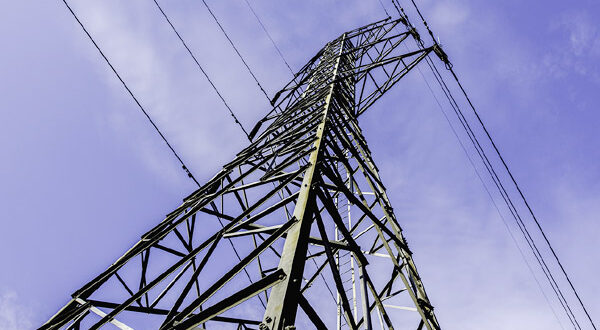As Europe shuts down its remaining coal power plants and turns away from volatile gas for electricity generation, it is also losing key flexible power supplies that can be switched on at the last minute to keep the lights on during peak hours.
To replace those, the European Union hopes to tap into what many consider the cheapest fuel of all – energy efficiency technologies, or the fuel that isn’t burned.
Chief among them is demand-response solutions allowing households to manage their electricity consumption.
“There is a lack of non-fossil flexibility, such as demand response and storage,” said EU energy commissioner Kadri Simson in a speech at the 2023 summit of SmartEn, a trade association promoting demand-side flexibility technologies held on Wednesday (19 April).
“These solutions directly compete with gas-fired generation and thus reduce our dependence on it,” Simson said at the event. She added that they are also “a crucial enabler” for wind and solar power, which are expected to be used to meet EU climate goals.
The energy crisis triggered by Russia’s war in Ukraine has highlighted the urgent need to replace fossil fuels in power generation, Simson added.
But contrary to coal and gas, wind and solar are non-dispatchable sources of electricity, meaning they need backup from other flexible energy sources to keep the grid in balance, or else the European Union could face blackouts.
And with growing numbers of electric cars and heat pumps deployed across Europe, “the next crisis might be local” because of additional stress put on the power distribution grids at the local level, said David Villa, the executive director of SmartEn.
According to Simson, the EU’s daily flexibility needs are expected to increase by 133% between 2021 and 2030 because of the switch to renewables. “And comparing 2050 to 2030, a further increase on average by 250% is needed in the EU,” she added.
Demand-side flexibility covers a wide range of technologies like electric vehicles that can store energy and recharge at night when power is cheapest, digitally-connected appliances in buildings that can be controlled remotely, and solar panels coupled with home batteries, which can inject electricity back into the grid when demand is highest.
According to an industry study published last year, if those technologies were deployed to their full potential, EU consumers could save more than €71 billion on their electricity bills every year.
The study found that it would also reduce the need for renewable electricity curtailment by 61% before the end of the decade, bringing more clean energy to consumers without having to install additional wind and solar farms.

 Iran Energy News Oil, Gas, Petrochemical and Energy Field Specialized Channel
Iran Energy News Oil, Gas, Petrochemical and Energy Field Specialized Channel



